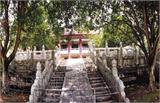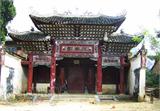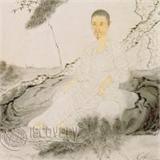Guilin Tourism Fashion Life - Yao Ethnic Group Clothing in Northern Guangxi
The Yao ethnic group is widely distributed in the tourist city of Guilin, with Yao people living in the mountainous areas of almost every county's east and west mountains. Due to different environments and varying subgroups, their clothing can be either very similar or quite distinct. In general, regardless of the subgroup, Yao clothing differs between men and women, and this distinction in attire is a shared custom. There are ancient records of this habit: "Both men and women wear large collars and left lapels," and "Women's clothes have wide sleeves embroidered densely with colorful threads, and their dresses extend past the knees." In the past, male Yao people wore loose-fitting, long-fronted clothing without embroidery, with the length covering their hips, trousers extending past the knees, short yet wide sleeves and trouser legs, and a long headscarf wrapped around their heads with embroidered ends that separate at the ears, resembling two horns standing up. They wore long belts around their waists, wrapped their legs with long blue cloth strips, wore straw shoes, and sometimes carried bamboo smoking pipes inserted into their waistbands along with embroidered tobacco pouches, exuding a rugged and imposing demeanor as they strode confidently over hills and valleys like walking on flat ground. After liberation, Yao men frequently ventured out of the Yao mountains, interacting closely with urban areas, and their clothing gradually became more similar to that of townspeople.



